When your Leopard Gecko seems to constantly hide in its enclosure, it’s natural to start wondering if something is wrong. This behaviour, especially in a newly introduced gecko, can stem from various reasons.
Why is my leopard gecko always hiding?
Often, they might be going through shedding or brumation, a form of hibernation. An overweight gecko also tends to be less active, preferring to stay hidden. Furthermore, being frightened by sudden movements or bright lights in their environment can trigger this behaviour. While it’s expected for them to seek solitude, an excessive amount of time spent hidden may warrant a closer look.
Understanding these explanations can guide you to appropriate solutions. For instance, adjusting the lights or creating a more natural environment can encourage them to interact more. Remember, every gecko has its own personality, and some might naturally be less active. As a longtime gecko enthusiast, I’ve learned not to be overly concerned unless there are signs of health issues.
Table of Contents
Why is My Leopard Gecko Always Hiding in His Hide?
1. Your New Leopard Gecko is Getting a Feel for its Environment
When Leopard Geckos are recently acquired, they often need time to adjust to their new home. It’s a natural behaviour for them to spend a significant amount of time hiding, especially in a new environment. These creatures are instinctively cautious, always listening for vibrations that might indicate the presence of a larger animal or a potential threat.
During this adjustment period, it’s crucial to let them become accustomed to the rhythm of their home, both inside the cage and in the outside surroundings. As an owner, you might resist the urge to take out or move your gecko, understanding that this is part of their adaptation process.
When it comes to eating, there’s no need to worry if they’re not immediately enticed by dangling food; give them time to convince themselves to come out at their own pace.
To encourage your leopard gecko to venture out, offer these live feeder bugs! They’re a favourite treat for Leos!
Observe this Leopard Gecko as it exits its hiding spot, lured by a meal:
2. Your Leopard Gecko is in Its Moist Hide Because It is Shedding
Leopard Geckos often shed their skin, a normal process where you might notice a reduced appetite and spend more time in hiding. When you notice them frequently using the moist hide, it’s likely due to the humidity needed to successfully shed. This behaviour is part of their shedding pattern.
Note: Adult Leopard geckos generally shed every month, so it becomes a regular aspect of their life. As they get ready to shed, their skin may turn duller and detach from their body.
Understanding this can help you stay prepared and recognize that it’s just a normal part of their cycle.
3. Your Leopard Gecko is Acting Lazy Because it is Overweight
Leopard Geckos with a plump, fat tail are generally considered healthy, but there’s a fine line between healthy and obesity. These reptiles are prone to gaining excess weight, especially as they age. Older geckos naturally slow down and might eat less, but if they continue to be fed as before, they can gain weight.
An overweight gecko tends to be less active, preferring the comfort of its hiding place over exploration. This extra body weight makes them slow and lethargic. If you’re concerned about your gecko’s health, weigh them regularly and consult a veterinarian to check out if they need to lose weight.
Below are the optimal weight ranges for Leopard Geckos at different stages of their life:
| Age | Ideal Weight |
| 2 months | 3 grams |
| 6 months | 9 grams |
| 1 year | 29 grams |
| 3 years | 40 grams |
Also Read: CAN LEOPARD GECKOS EAT VEGGIES
4. Your Leopard Gecko is Hiding From Something in Their Environment
Leopard Geckos are usually easygoing once acclimated to their space, but certain movements or the presence of other pets near their terrarium can make them frightened and compel them to hide. For instance, the sudden appearance of a dog or cat near their cage might be terrifying for them. Moreover, if you have different geckos in the same enclosure, not getting along could be an issue. Male geckos, in particular, might fight, leading to losing skirmishes and establishing a dominant one, which can cause fearfulness in the less dominant gecko. It’s crucial to monitor their interactions and ensure a peaceful environment for each of them.
5. Your Leopard Gecko is Hiding From Lights That Are Too Bright
Leopard geckos are crepuscular, meaning they are most active under dim light conditions, like at dawn and dusk. Their sensitive eyes are not designed for bright environments. When exposed to bright lights, especially if you have colour strains like albino, which have more sensitive skin, they tend to seek shelter.
A UVB light bulb, if too intense, can cause discomfort. Ideally, a 2% or 5% bulb should suffice, and it’s essential to place it not too close to their resting area. Understanding their natural behaviour helps in creating a comfortable habitat for them.
Many UVB bulbs offer inadequate UVB emission and have a short lifespan. We suggest opting for this 5% UVB bulb (see details here), as it ranks among the top choices available.
When other lights in the room shine directly into your Leopard Gecko’s cage, it can cause them discomfort. Sunlight shining through glass can be particularly dangerous, as it becomes concentrated and generates a lot of heat. This too much brightness can stress your gecko, prompting them to seek shelter. It’s important to monitor the lighting conditions around their habitat to ensure their well-being.
6. You Expect More Activity Than Leopard Geckos Typically Display
Leopard Geckos, unlike some other reptiles like anoles or bearded dragons, are not as active throughout the day. It’s normal for them to hide and sleep during daylight hours, as they are adapted to avoid the hot daytime conditions of the wild. Their hiding behaviour extends into the early morning and evening, with most of their activity occurring at nighttime. If you’re expecting basking behaviour or daytime activity similar to other lizard species, you might think your gecko is not behaving normally. However, this is a typical pattern for Leopard Geckos.
7. Brumation
In the wild, Leopard Geckos undergo brumation, the reptile version of mammalian hibernation, typically between December and February. Even in a consistent environment provided year-round in a home, they might still notice temperature changes that can trigger this natural cycle. Many keepers observe that geckos going through brumation tend to be healthier and live longer. During brumation, it’s common for them to hide for periods of several weeks, showing a dramatically reduced appetite as their metabolism slows down.
8. Your Leopard Gecko is Hanging Out in its Hide Because it is Bored
Leopard Geckos enjoy exploring their terrarium, but if they constantly hang out in their hide, it could be a sign of boredom. Regular feedings and adding elements like rocks, sticks, various inclines, and different substrates can encourage them to explore and be more active outside their hide. This variety in their environment can stimulate their natural curiosity and reduce the time they spend hiding.
Consider providing a secure burrowing option such as the Zoo Med Excavator Clay Digging Substrate (see details here) for your gecko to enjoy digging activities.
A dried-out, hard substrate in the enclosure often removes the sense of comfort for a Leopard Gecko, increasing the risk of them accidentally ingesting it while feeding. This can make them more inclined to hang out in their hide, perceiving the rest of the terrarium as less hospitable or safe. Ensuring a suitable and softer substrate can encourage them to explore and enjoy their environment more actively.
Alternatively, you can blend it with this sand to create zones of varying firmness, offering your leopard gecko spaces for both solid footing and some digging fun.
Also Read: HOW TO TRAVEL WITH A LEOPARD GECKO
9. Your Leopard Gecko is Sleeping
Previously, we discussed that Leopard Geckos are crepuscular and nocturnal, meaning they are most active at night or evening, typically between 8 P.M. and 3 A.M. It’s important to keep in mind that while people are active during the day, these geckos have a different active schedule, like a night whistle. During daytime hours, when most humans are awake – roughly from 7 A.M. to 10 P.M. – it’s likely you’ll only see your gecko for an hour or two each day, as they prefer to sleep in their hides, often near a heat mat, to maintain their body temperature.
10. Your Leopard Geckos’ Heating Mat Is Too Hot or Cold
Leopard geckos are cold-blooded and reliant on their environment to regulate their body temperature. A heating mat is essential to maintain warmth, but if it’s not regulated with a digital thermostat, it can make the temperature in their enclosure uncomfortable.
As mentioned in a previous article about the best thermostats on the market, it’s recommended to use a temperature gun to test the warm hide and cool hides. If the heating mat is too hot or too cold compared to the room temperature, your gecko may stay in their hide the majority of the time. Proper temperature helps them to digest their food more quickly and efficiently.
(Reliable Heat Gun, Temperature Gun)
Explain why your Gecko hide in moist hide (with a live experience)
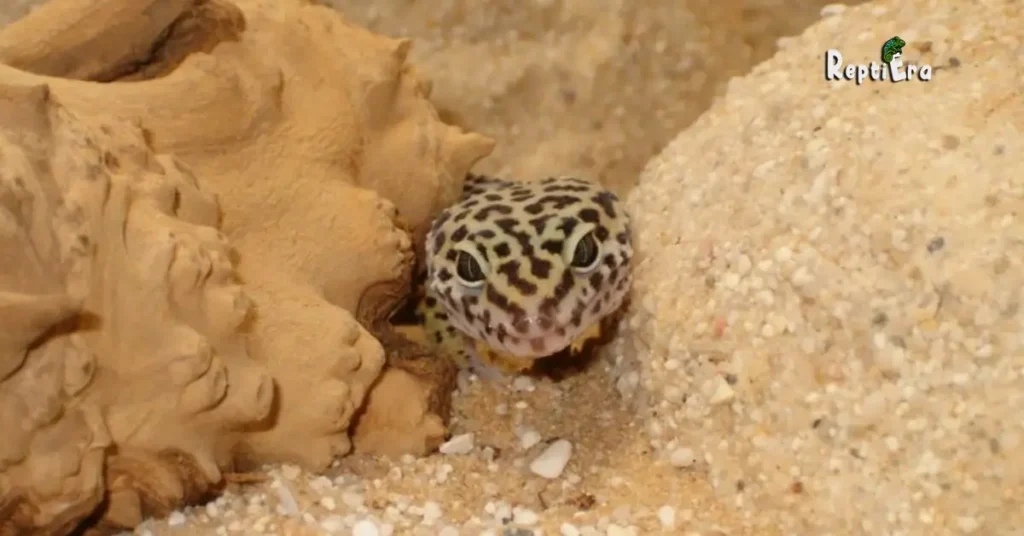
Drawing from my experience as a gecko keeper, I’ve noticed my female Leopard Gecko, who just last shed a week ago, is constantly in her moist hide, despite having 2 other hides, a hot hide and a cool hide. She barely came out, which initially made me concerned. I wondered if she felt cold to the touch or if various factors could be at play. Just 2 weeks ago, she seemed more active, but her recent preference for the moist hide could be due to a variety of environmental or health-related reasons.
- Over the past two weeks, I’ve been adjusting my approach to handling training at night. This involves sitting beside the tank, gently putting my hand inside for about 5 to 10 minutes, allowing my gecko to become accustomed to my presence without stress.
- Geckos are solitary animals that sleep during the day and become active at night. It can take weeks or months for them to feel comfortable in a new place, often staying outside their hides only when they feel secure and at ease in their environment.
- The moist hide serves the purpose of providing a moist environment, a need especially crucial during shedding, as I mentioned just a week ago. It’s not likely that the gecko will leave if the overall humidity levels in the tank are not at the right levels; experts often recommend measuring these to ensure the air isn’t too dry, a common reason they stick to the moist hide.
- When using UVI units to measure the intensity of lights, it’s crucial to remember that for leopard geckos, a max UVI of 0.7 is ideal, as too bright lights can cause discomfort and prompt them to seek shelter in their moist hide.
- It’s important to measure the temperatures on the hot side, middle, and cool side of the enclosure to ensure they don’t exceed the max limits. The moist hide, typically located in the middle section of the enclosure, in between the extremes, is where a gecko often prefers to stay for comfort.
If your Leopard Gecko is frequently hiding, the lights and heat in its enclosure could be too bright or intense, potentially causing skin burns. This discomfort can be a significant reason for them to escape to their moist hide. It’s essential to monitor the temperature, humidity, and UVI levels in their habitat to ensure they are conducive to your gecko’s health. If they’re eating well and gradually adjusting to their surroundings, there’s less cause for worry. A balanced environment encourages them to be more active and visible.
At What Point Is Your Leopard Gecko Hiding Too Much?
When your leopard gecko is constantly hiding and never comes out of its hide, it may be a sign of an issue. While it’s normal for them to seek shelter, in rare cases where they prefer staying near the heat mat or in their hide all the time, it indicates a problem. In such situations, it’s crucial to assess their environment and health to ensure their well-being.
Below are some frequent problems that might result from your leopard gecko constantly staying hidden:
Your Leopard Gecko is Sick
If your Leo is hiding all the time, it could be a sign that they are sick. Typically, an ill leopard gecko becomes lethargic and oftentimes prefers to hide. While it’s important not to automatically assume illness, often, they generally show other signs of being sick along with excessive hiding. Observing their overall behaviour and physical condition is crucial to determine if a visit to the vet is necessary.
Several typical indicators that your leopard gecko may be unwell are:
- Diarrhea
- Absence of bowel movements
- Decreased appetite
- Irritability or aggressive behaviour
- Limited mobility
- Trembling
Also Read: ARE LEOPARD GECKOS GOOD PETS
Your Home Is Too Cold
Leopard geckos thrive in temperatures ranging from 75-80 degrees Fahrenheit on the cool side of their enclosure, and 80-90 degrees Fahrenheit on the warm side. Therefore, if your house is around 70 degrees Fahrenheit, they might avoid coming out of their hides. Instead, they prefer staying in their warm hide. There’s not much to fix here, but adding a heat lamp can help.
Many people find that these work great. If you decide to use one, I recommend an 80-watt bulb to produce the perfect temperature. Once the environment is suitable, your gecko is more likely to leave their hide and explore the rest of their enclosure. (AMZ LINKS) (HEAT LAMP, 80 WATT BULB)
How to Convince Your Leopard Gecko to Spend More Time Out of its Hide
If you would like to see your Leopard Gecko more and are frustrated with how much time they’re spending in their hide, there are a few things you can do to encourage them to spend more time being active outside. Adjusting their environment to be more stimulating and ensuring they feel safe and comfortable can make a significant difference in their behaviour.
- Multiple feedings: Encourage your Leopard Gecko to come out of their hide to eat by feeding them several times a day; they’ll enjoy this activity. However, feeding too often can disrupt their rest, so balance is key to ensure they get enough sleep.
- Create a natural light cycle: Using lights that are brighter in the morning and dim in the evening mimics a natural cycle for your Leopard Gecko, making them more likely to come out and be active. This approach helps them differentiate between day and night time, encouraging their natural behaviour patterns.
- Provide an interesting environment: Leopard geckos are more likely to leave their hide and explore when their enclosure is interesting, with a varying environment. By creating an engaging space, they’ll be encouraged to wander around and interact with their surroundings.
Related Post: WHY IS MY LEOPARD GECKO TRYING TO ESCAPE
Enjoy a More Active Leopard Gecko
If you want to see your Leopard Gecko more and enjoy a less frustrating experience with them not always in hide, consider how they spend a certain amount of time each day. By ensuring your gecko’s environment meets their needs, with a varying enclosure and a well-planned feeding schedule, you can see a lot more of your gecko. This approach helps in creating a stimulating environment that encourages them to be more active and visible.
FAQs
Why is my leopard gecko staying in one spot?
Several reasons might explain why a just-gotten gecko remains in one spot: they could be nervous or stressed out in their new environment. Being reluctant to come out of their hiding spot until they feel safe is a behaviour that is completely normal for leopard geckos adjusting to a new home.
Do geckos hide during the day?
Yes, geckos, including the common house gecko, known for their chirping call, are nocturnal creatures. They spend most of the day hiding, becoming active at night for foraging insects. You’ll often see them climbing on walls of houses and buildings, attracted to areas with porch lights. Their nocturnal habits are a recognizable and characteristic behaviour of their species.
How do I know if my leopard gecko is unhappy?
You can gauge if your leopard gecko is unhappy or sick by observing their behaviour when awake. A healthy Leo should be alert and interested in their surroundings, including food, and respond to touching without provoking. If they’re sleeping or lethargic and moving is obviously difficult, it could indicate unhappiness or health issues.
How do you get a gecko out of hiding?
To encourage your gecko to come out of hiding, you can spray some water in their habitat or introduce crickets to stimulate their instinct to hunt and see your cutie become more active. However, never forcefully pull out a gecko, especially if they have burrowed themselves in a hide, as they might drop their tail in defence.
How do I make my gecko happy again?
To cheer up your gecko, consider offering several treats that can be purchased at your local pet store, like waxworms, mealworms, or crickets. These are common types of food that geckos love for their taste, but be mindful that they are high in phosphorus and fat, so they should be given in moderation.
Conclusion
In conclusion, the behaviour of a leopard gecko hiding can be attributed to various factors, ranging from natural instincts to environmental conditions. Understanding that they are nocturnal creatures who prefer hiding during the day is crucial. Additionally, ensuring the right habitat conditions, such as appropriate temperatures, humidity levels, and a comfortable enclosure, play a significant role in their well-being. Offering treats and creating a stress-free environment can also contribute to their happiness. It’s important to remember that each gecko has its unique personality and preferences. By observing and catering to their needs, while being cautious not to stress them, you can foster a healthy and enjoyable environment for your leopard gecko.
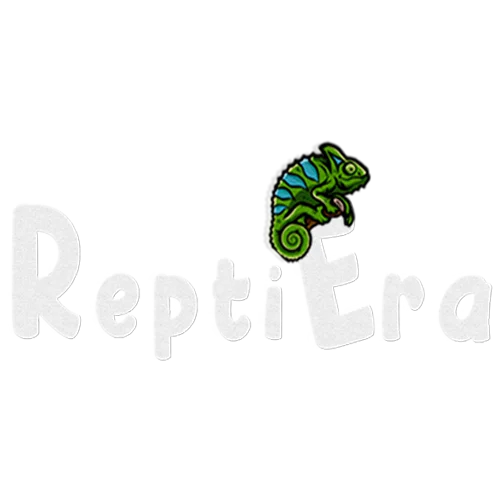
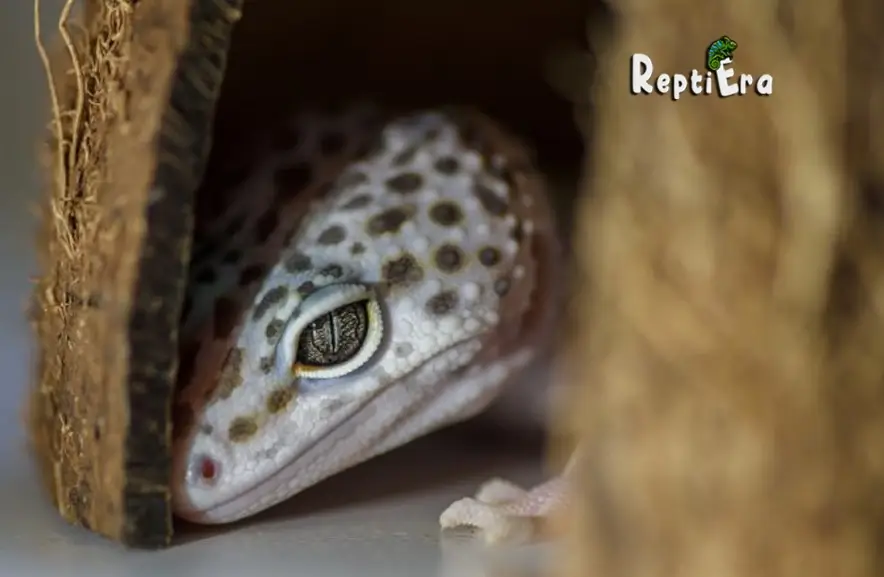
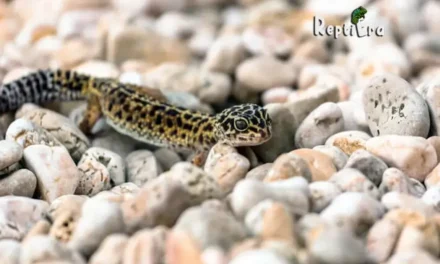
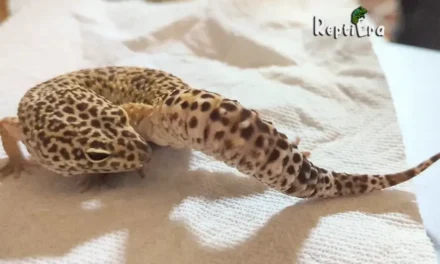
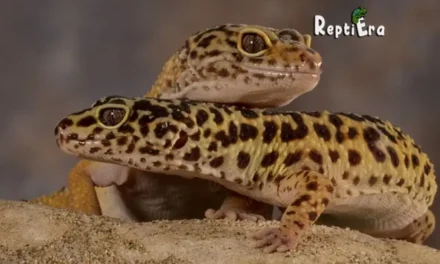
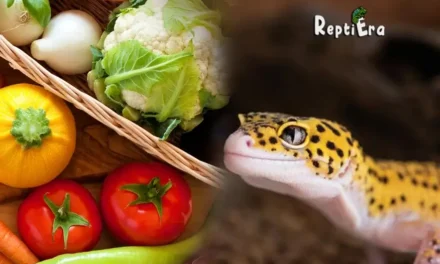
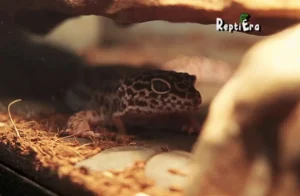
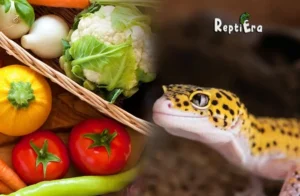
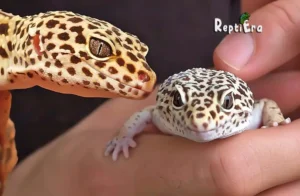
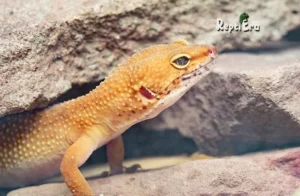
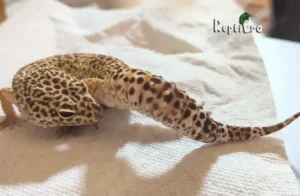
Thanks for sharing. I read many of your blog posts, cool, your blog is very good.